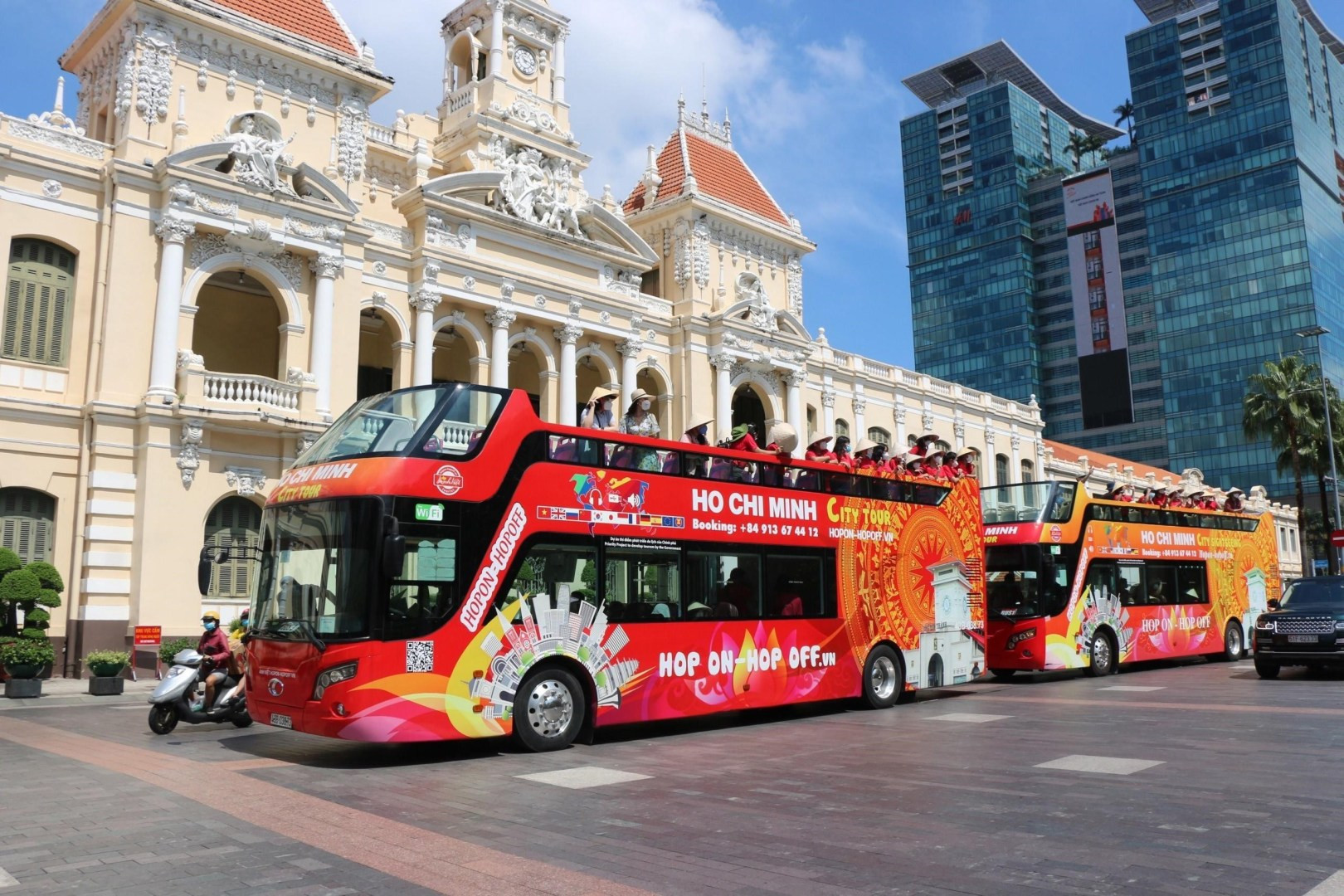
Leveraging its unique advantages and competitive capacity, Ho Chi Minh City has chosen eight key cultural industries for development between now and 2030 to become a cultural industry centre in Southeast Asia.

Key areas of focus are film, performing arts,fine arts, photography, exhibitions, advertising, cultural tourism, and fashion.
The city’s objective is to ensure that its cultural products and services gain a reputable brand both regionally and internationally, meet the standards of developed countries, and join regional and global cultural value chains.
Optimising potential

Nguyen Thi Thanh Thuy, Deputy Director of the municipal Department of Culture and Sports, highlighted the significant role of cultural industries in preserving cultural values, promoting cultural heritage, national image and turning cultural potential into services, spearhead economic areas.
The city has 17,670 businesses operating in cultural production and services, accounting for approximately 7.74% of all local enterprises. The contribution of cultural industries to the city’s Gross Regional Domestic Product (GRDP) has been increasing annually, affirming the sector’s importance to the local economy.
HCM City’s production value of cultural industries
The production value of cultural industries was over 36.094 trillion VND (1.5 billion USD) in 2010, and risen to more than 75 trillion VND in 2019, contributing 3.98% to the city’s GRDP, with advertising as the largest contributor.
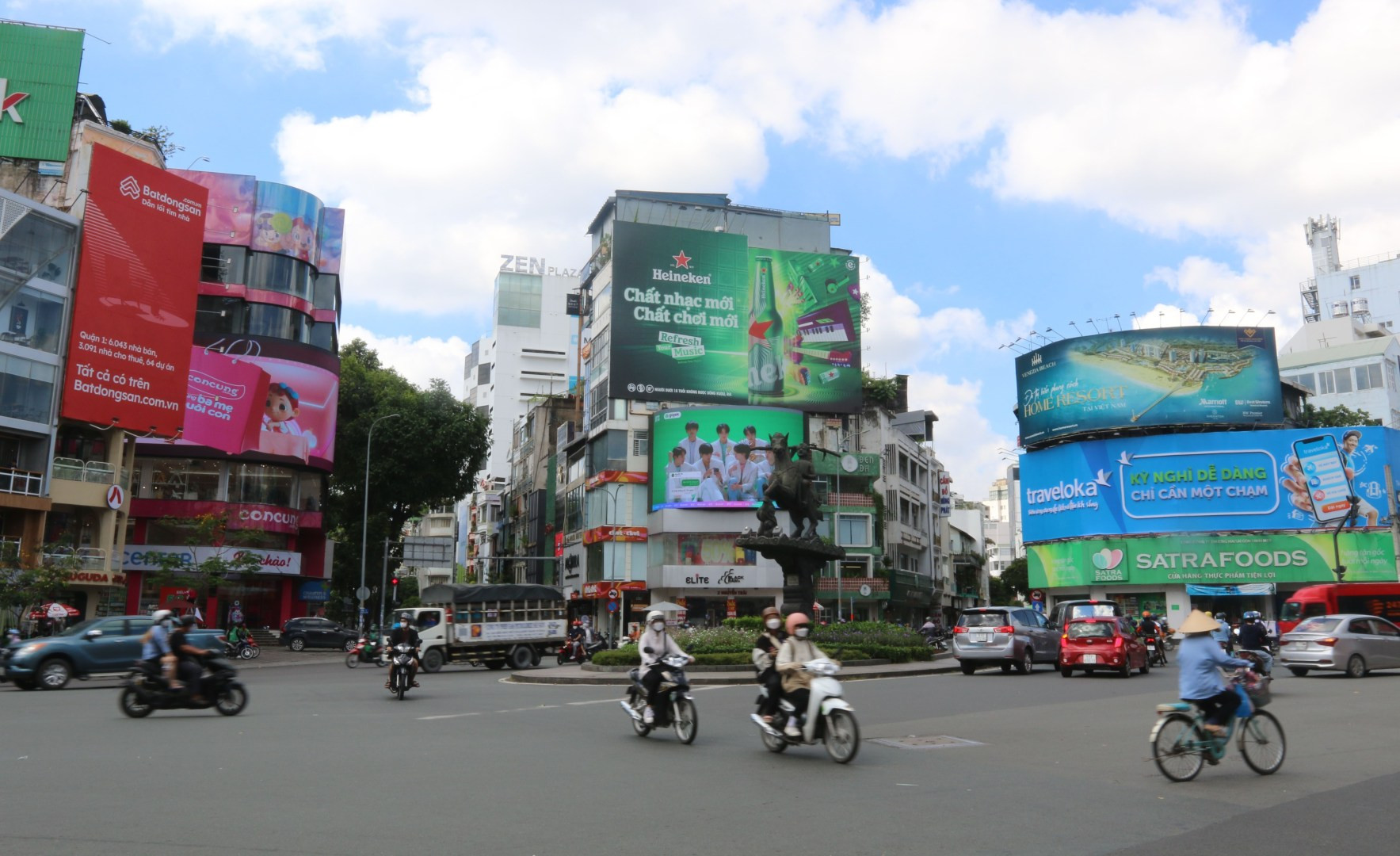
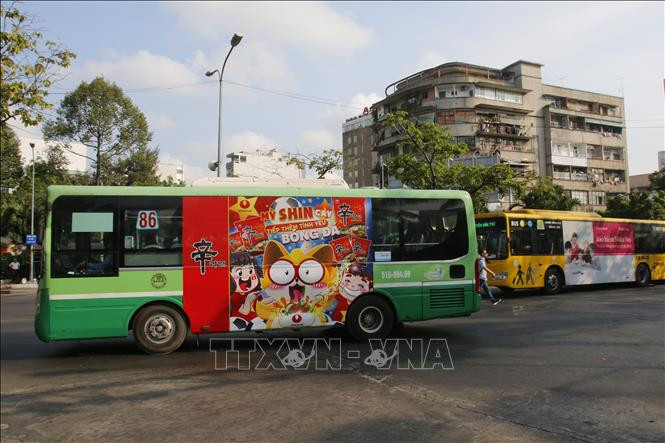
In 2020, the COVID-19 pandemic severely impacted the sector, with a contribution of 3.54% of the city’s total GRDP.
Recognising the sector’s growth potential, the Ho Chi Minh City People’s Committee on October 25, 2023 issued Decision No. 4853/QD-UBND approving the project on Ho Chi Minh City’s cultural industry development until 2030.
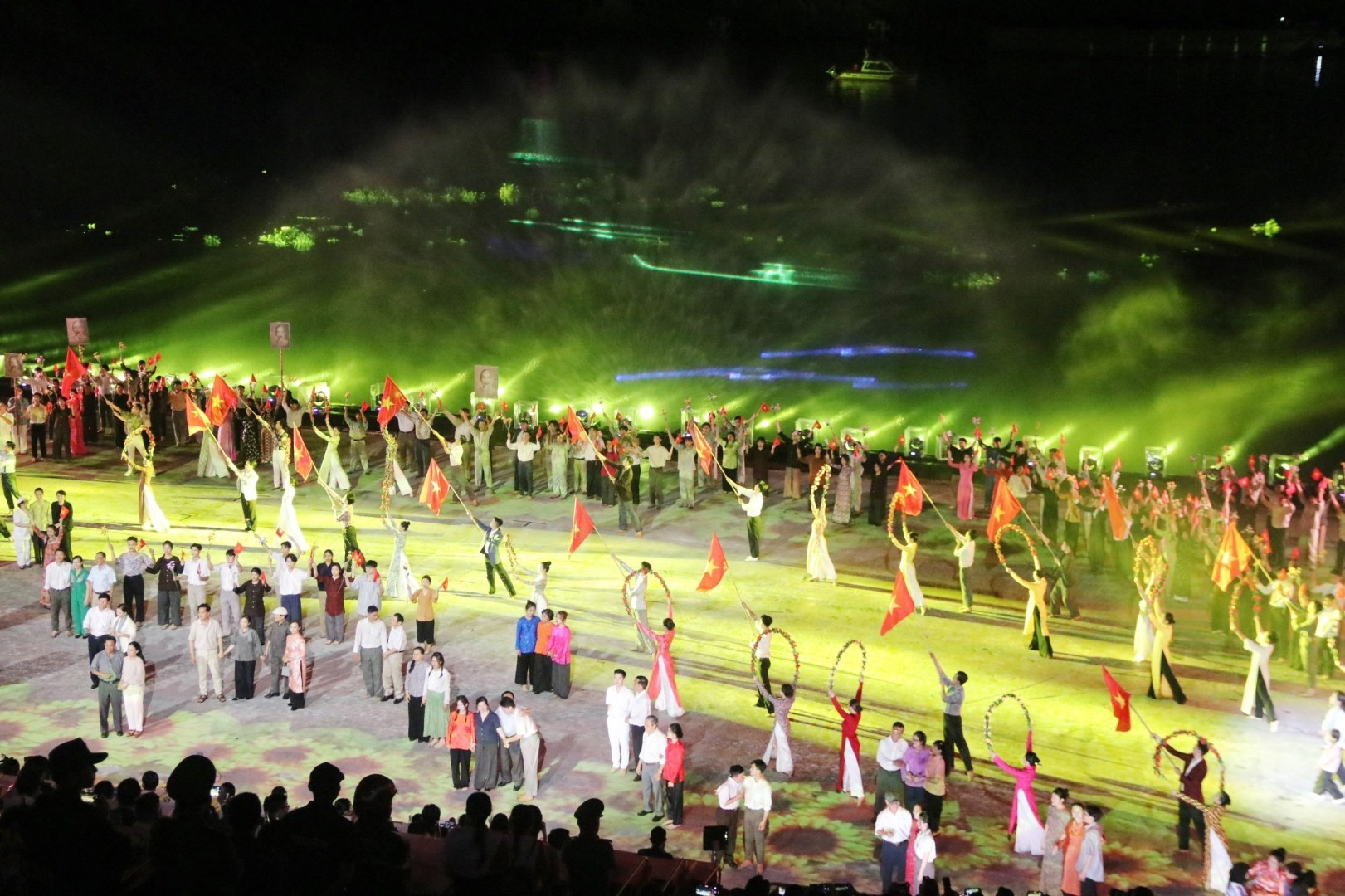
The project is divided into two phases: Phase 1 from now until the end of 2025, and Phase 2 from 2026 to 2030.
In Phase 1, the city will focus on developing itself to the country’s cultrual industry hub by investing in appropriate resources, encouraging the involvement of all society, and focusing on the development of advantageous and high-value sectors.
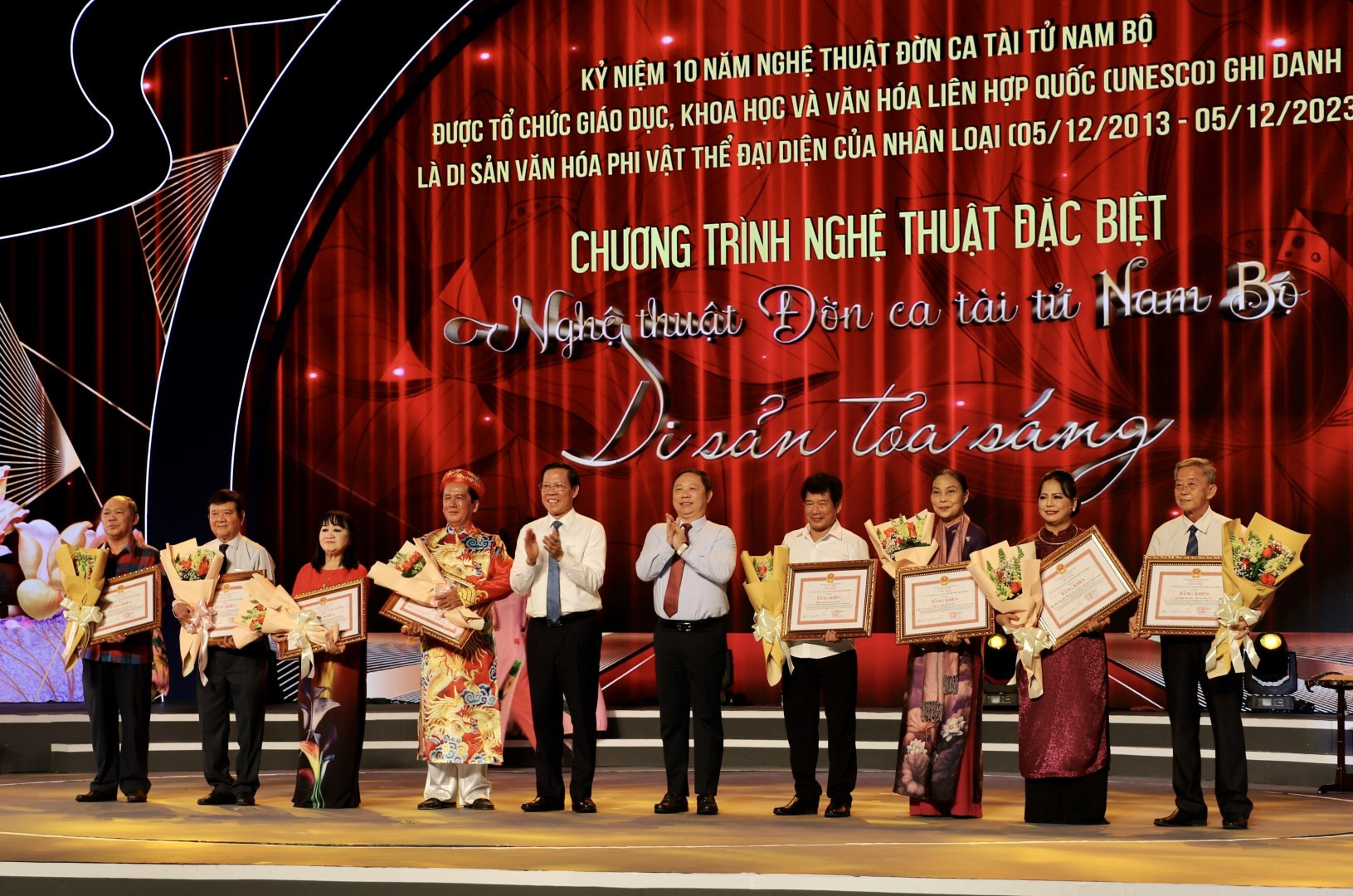
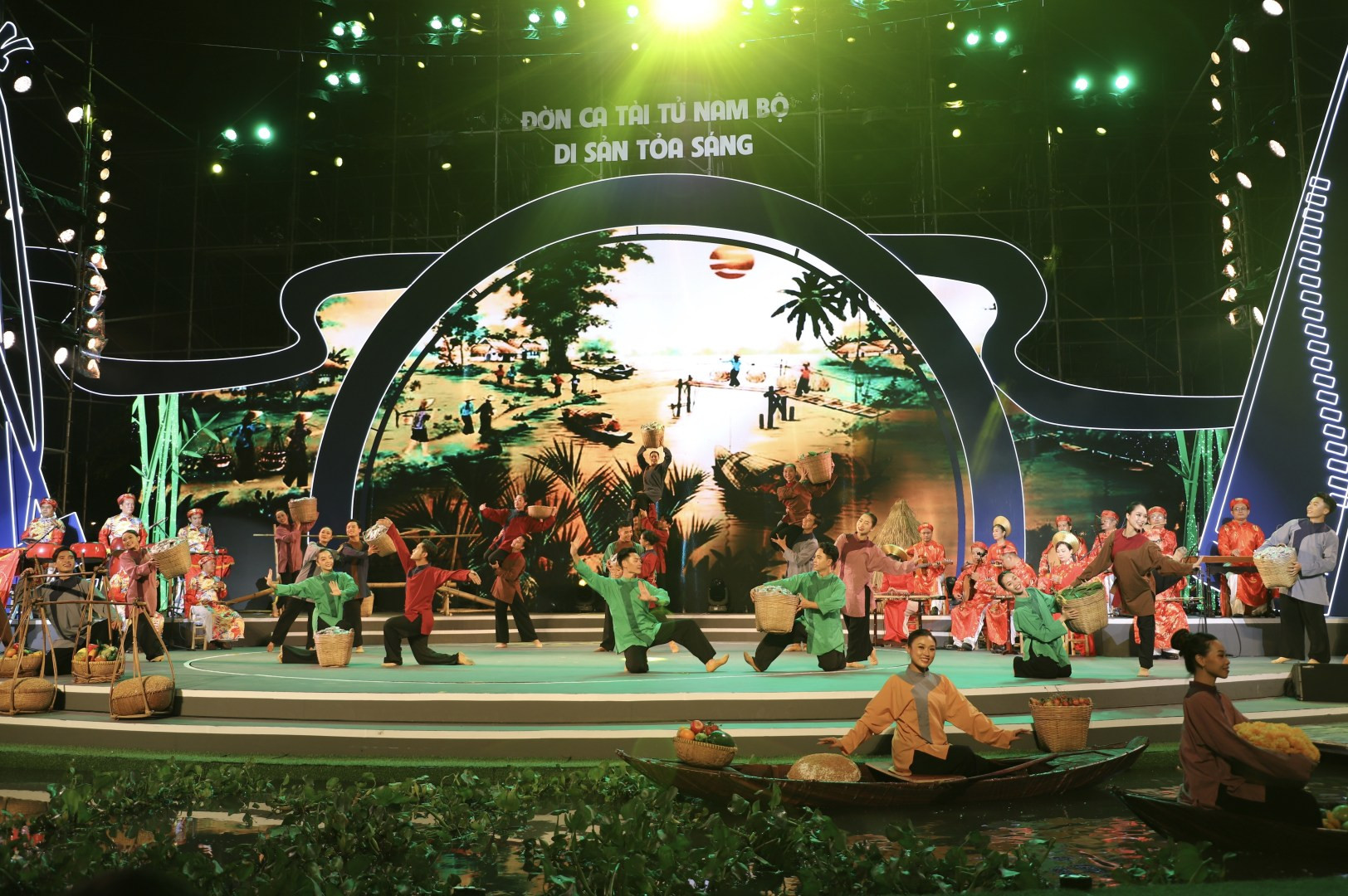

In Phase 2, the city will aim to diversify and modernise all local cultural industries in a sustainable manner, and apply advanced technology to become a cultural industry centre in Southeast Asia, while striving to join the UNESCO’s creative cities network in the field of cinematography.
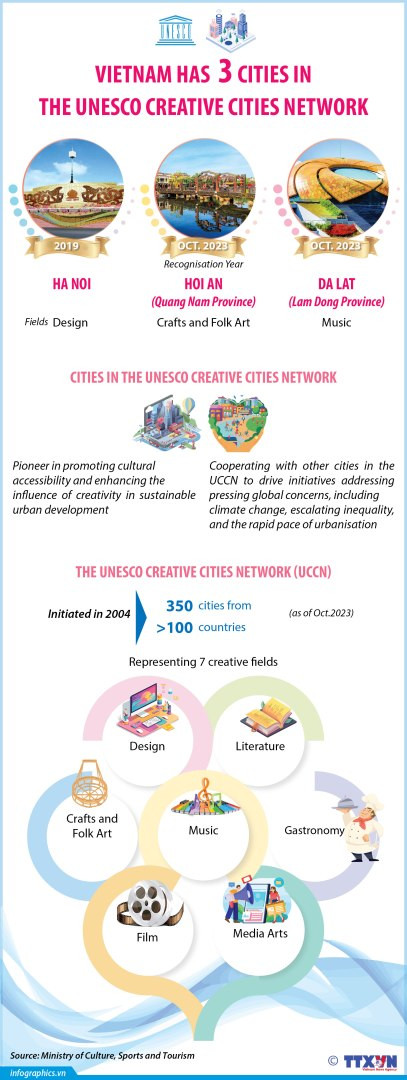
Gradually developing cultural industries
The city eyes an average annual growth rate of approximately 14% in cultural industries by 2025, contributing about 5.7% to the city’s GRDP and generating more jobs. By 2030, the city targets the sector’s average growth rate of 12% per year, contributing approximately 7-8% to the GRDP.
The anticipated total revenue from the eight selected cultural industries is projected to contribute about 148 trillion VND to the city’s socio-economic growth.
To ensure the success of the 2030 cultural industry development project, the city has outlined specific tasks for each of the eight cultural industries.
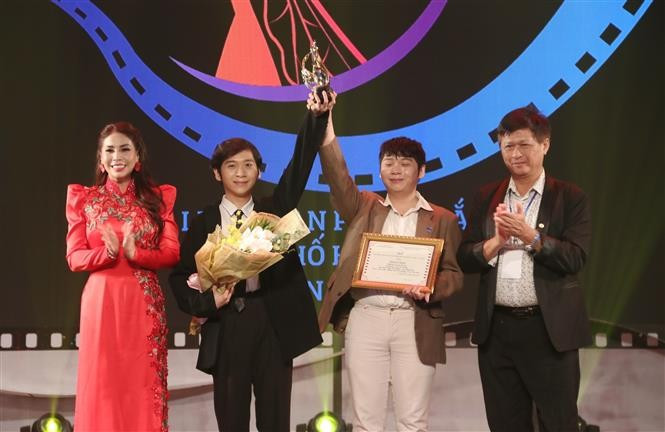

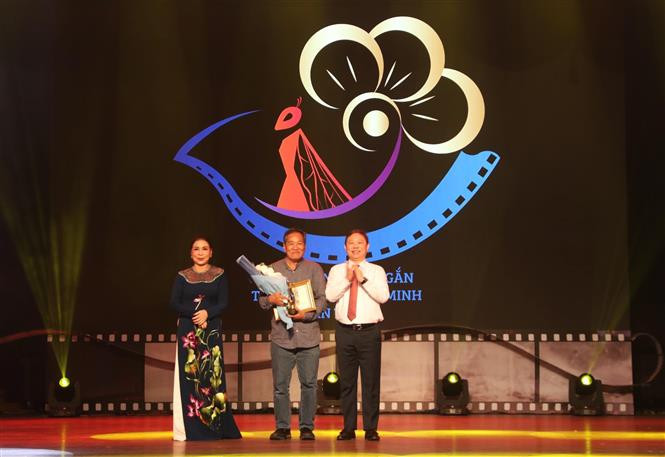
Cinematography is identified as a key strength. The city plans to support film projects with local cultural features, establish creative spaces, and create public events such as the Ho Chi Minh City Short Film Festival and the Ho Chi Minh City International Film Festival.
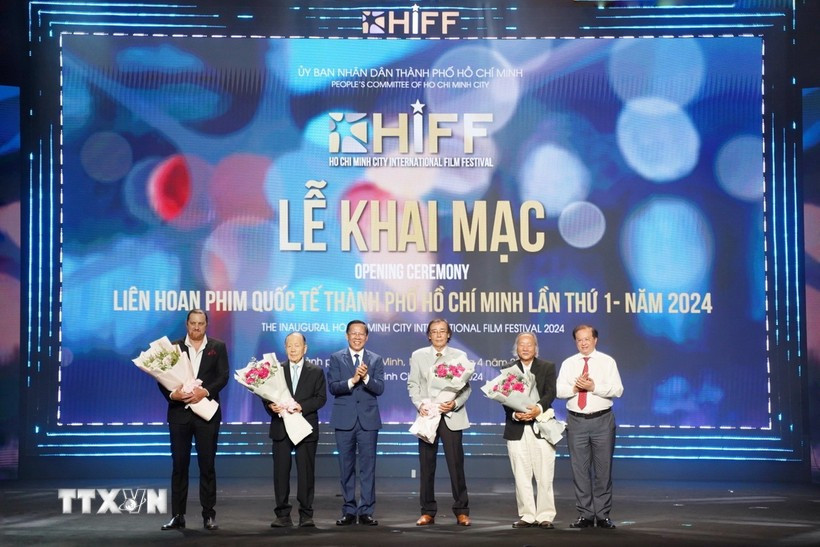
The first Ho Chi Minh City International Film Festival 2024 attracts a large number of foreign and local film producers, guests, actors and directors (Photo: VNA)

KAFA – Korean Academy of Film Arts opens a training course for five outstanding Vietnamese, HMC City, Jun 27, 2023 (Photo: VNA)
For cultural tourism, specific tasks include the development of cultural tourism programmes and destinations in the city, digitising heritage data, applying technology 4.0 in cultural heritage management and tourism development, organising annual conferences connecting regional cultural tourism, reviving traditional festivals, and building new modern festival events.
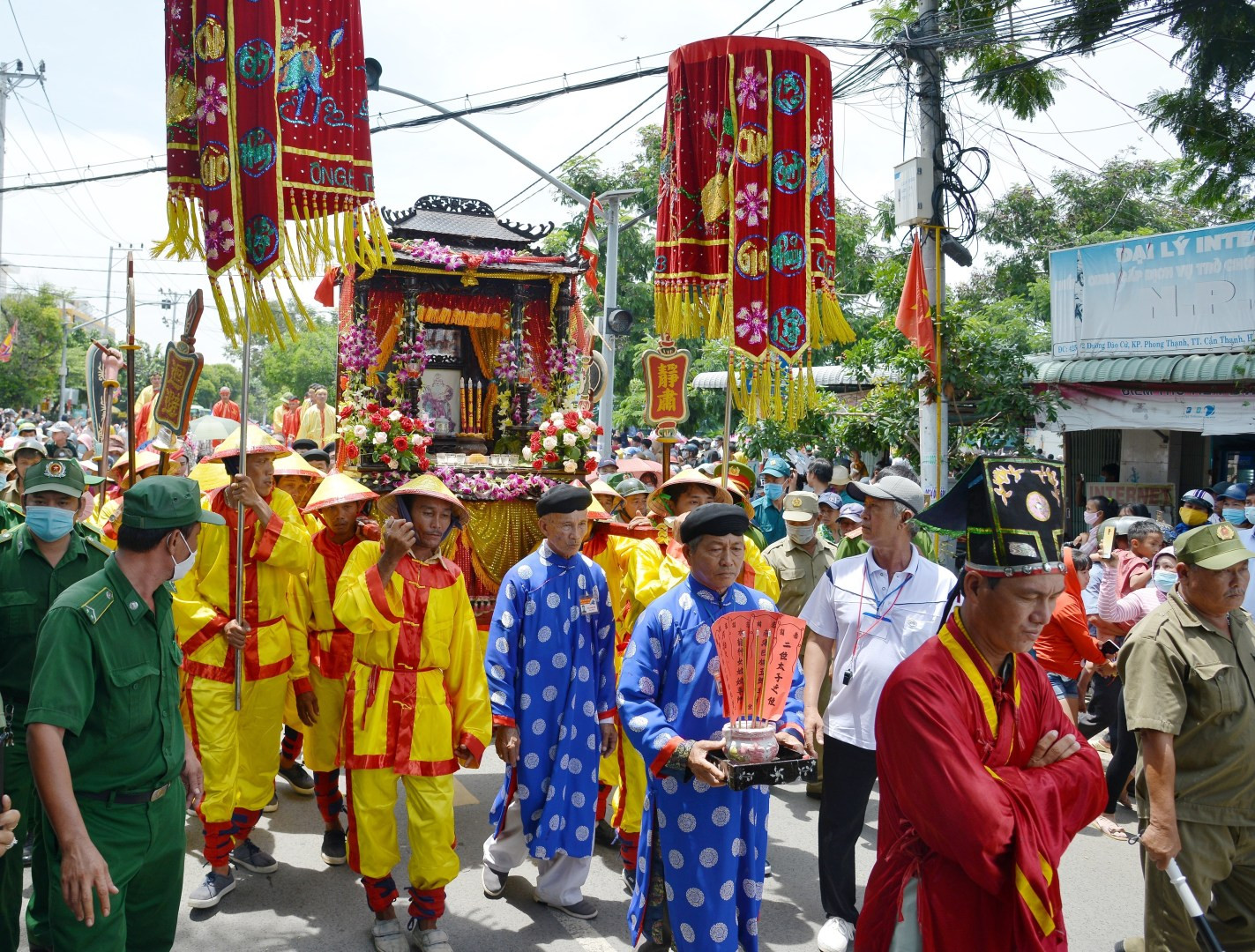
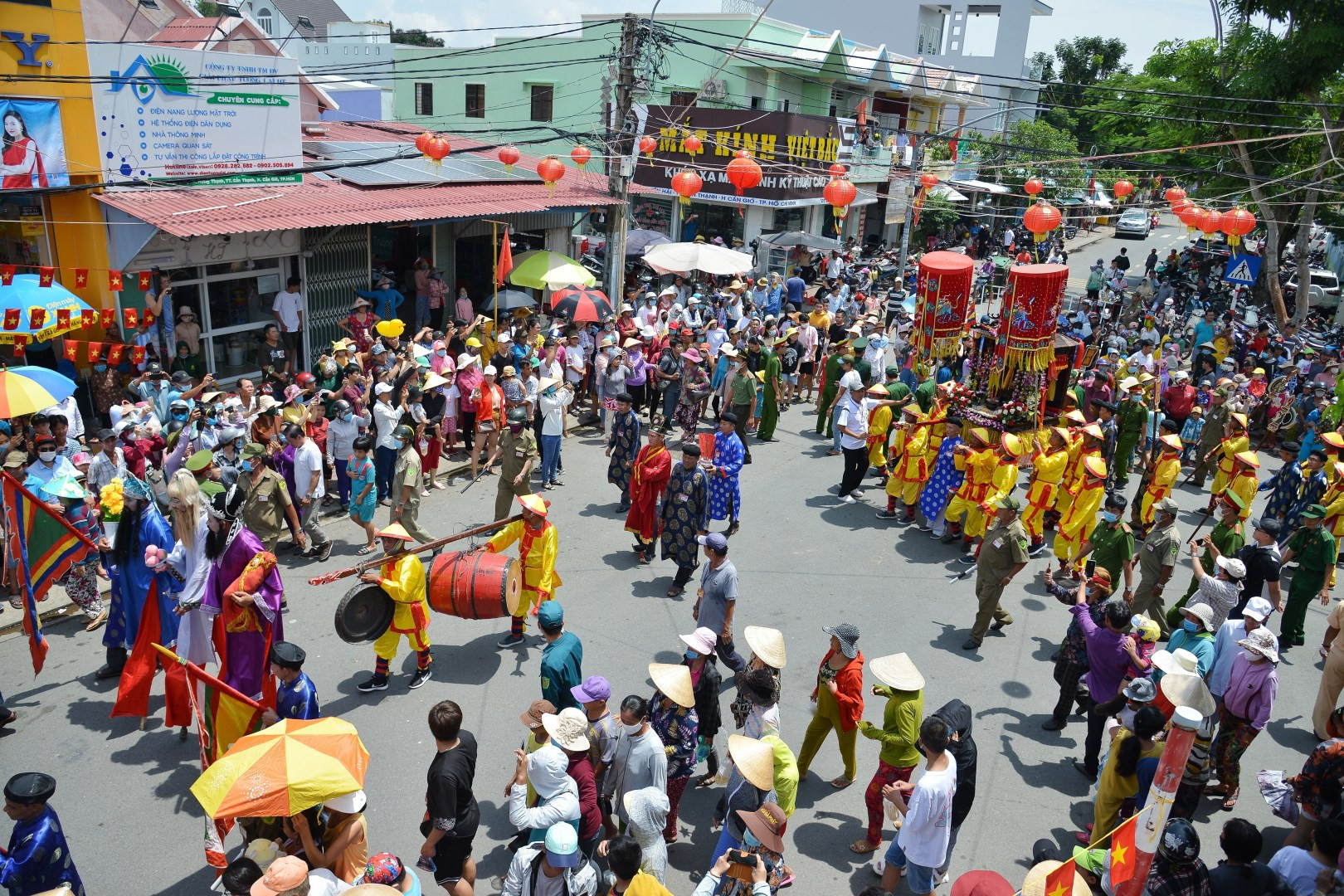
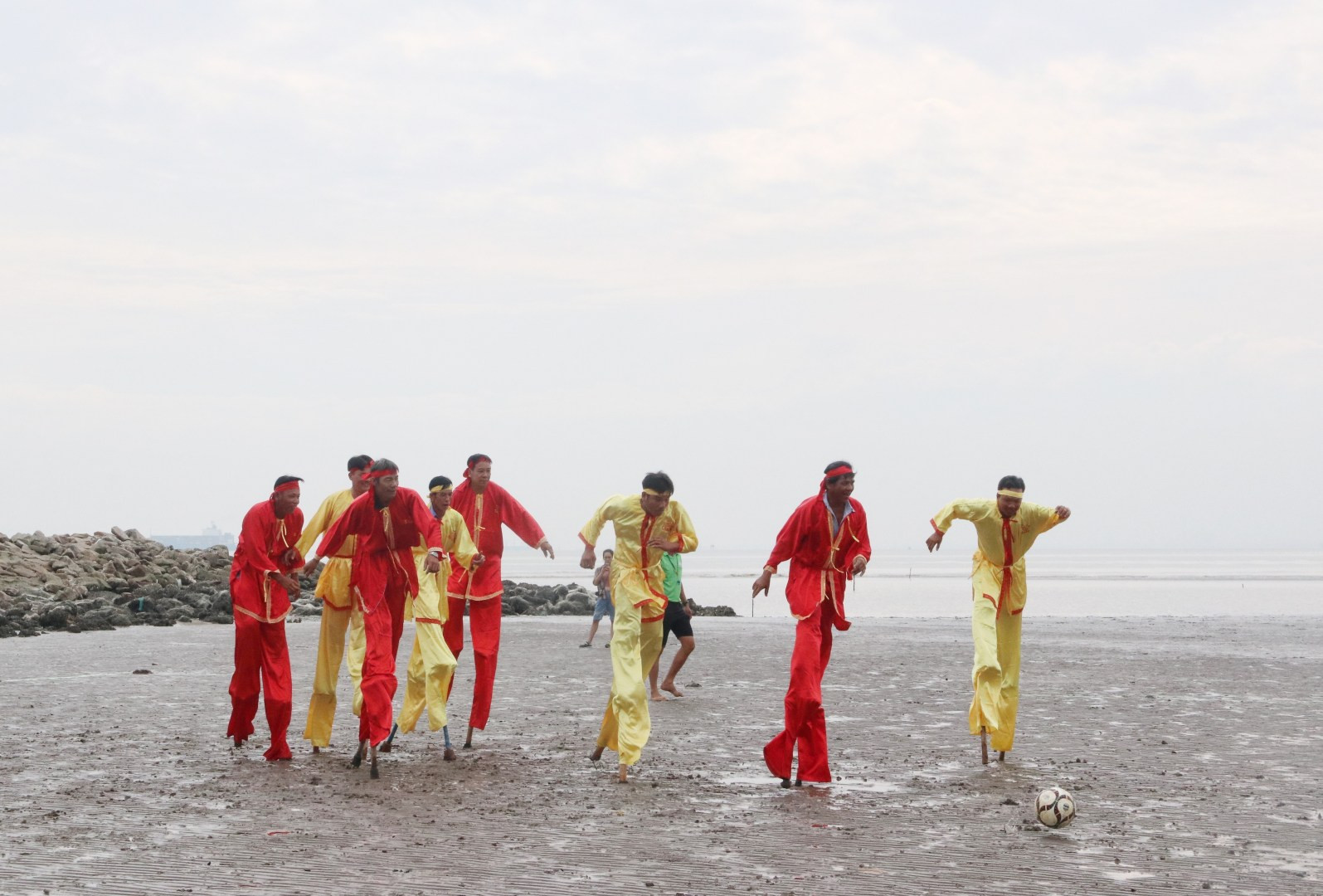
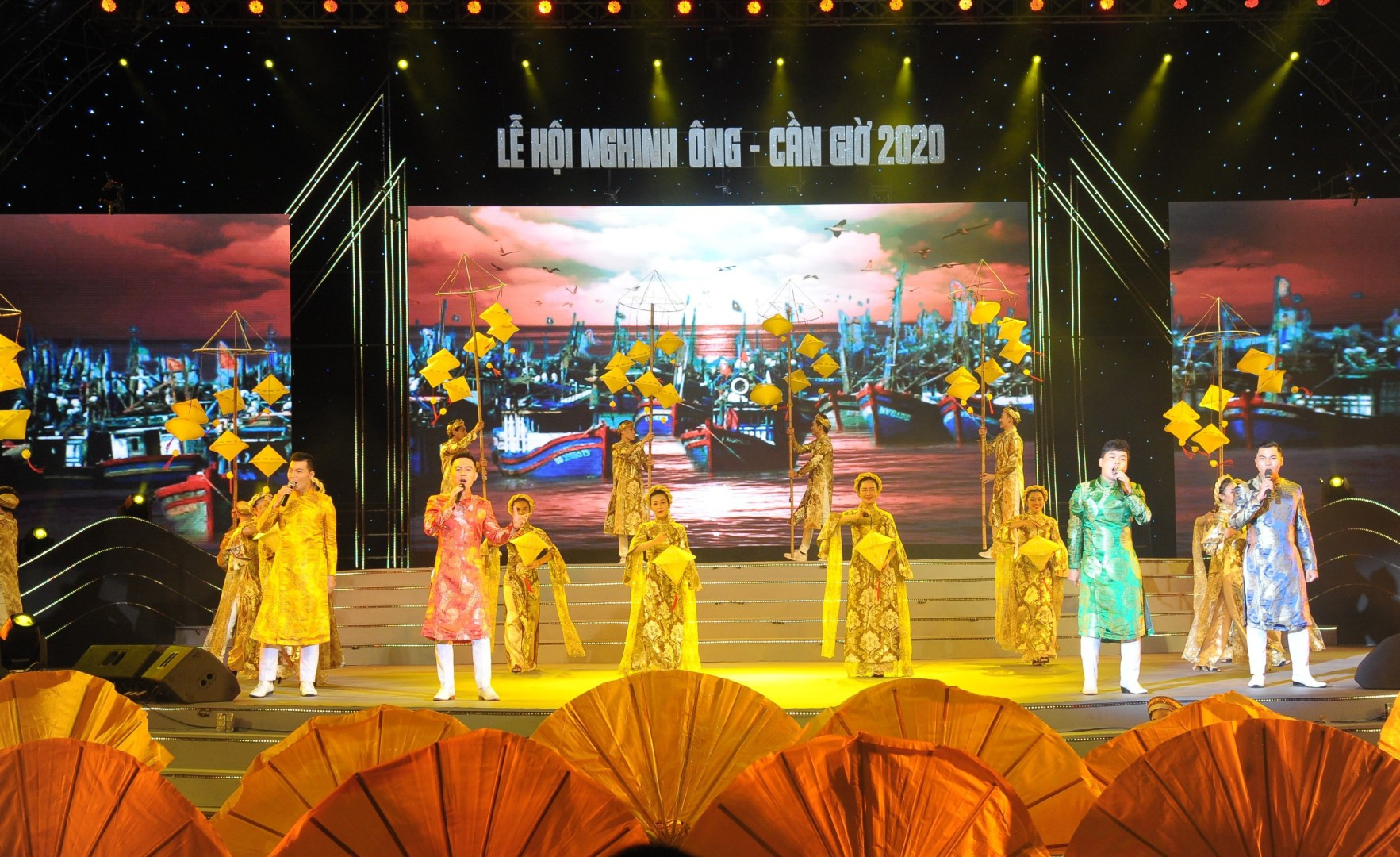
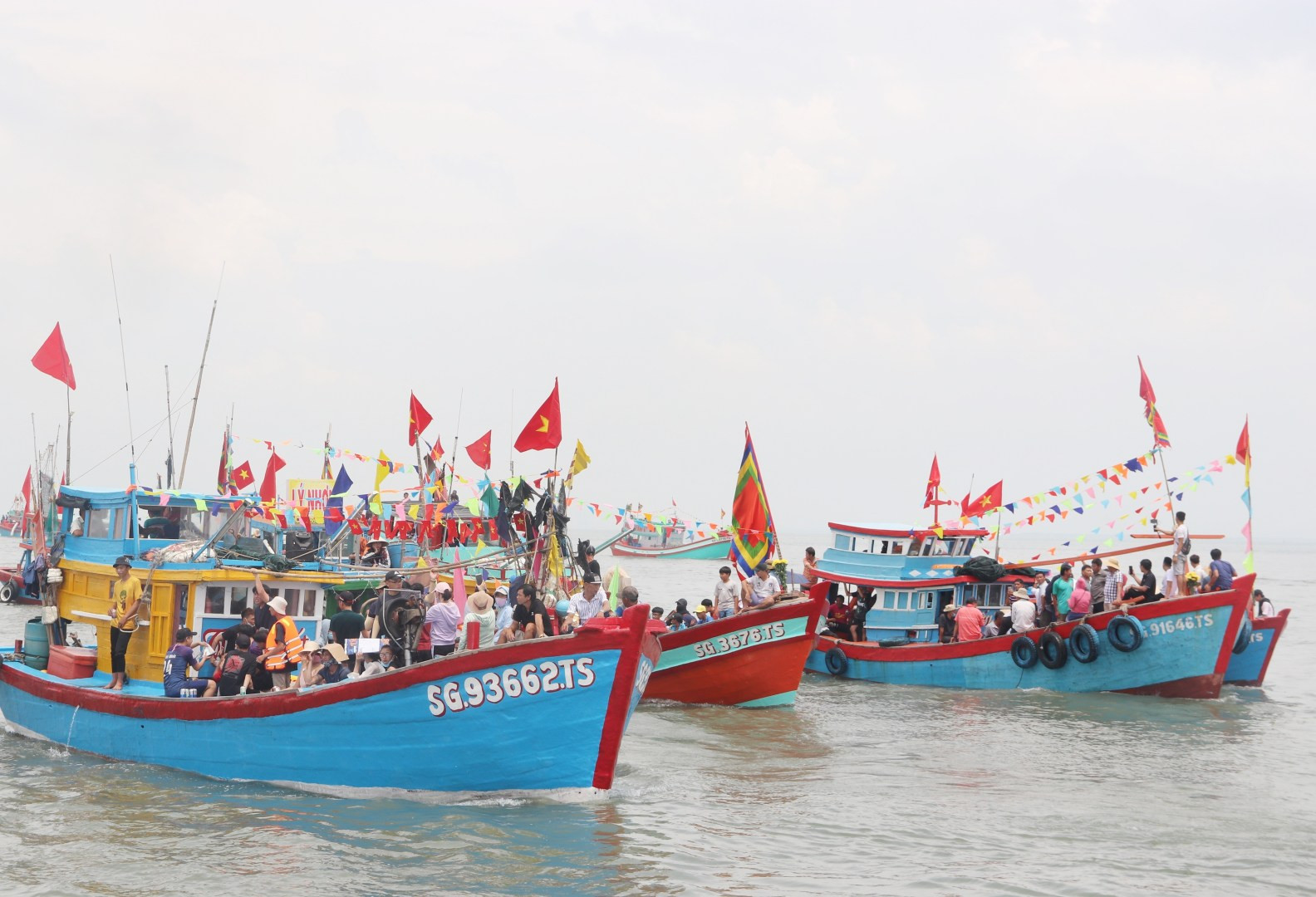
HCM City promotes Nghinh Ong (Whale Worship) festival, an annual traditional event of local fishermen, in Can Gio district (Photo: VNA)
To effectively implement the cultural industry development project, Ho Chi Minh City will enhance the training and development of human resources, invest in infrastructure, and build distinctive cultural products and services of the eight selected industries./.VNA